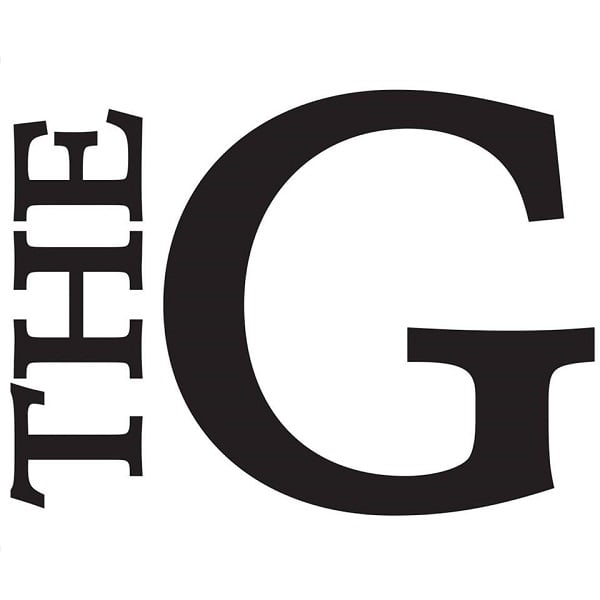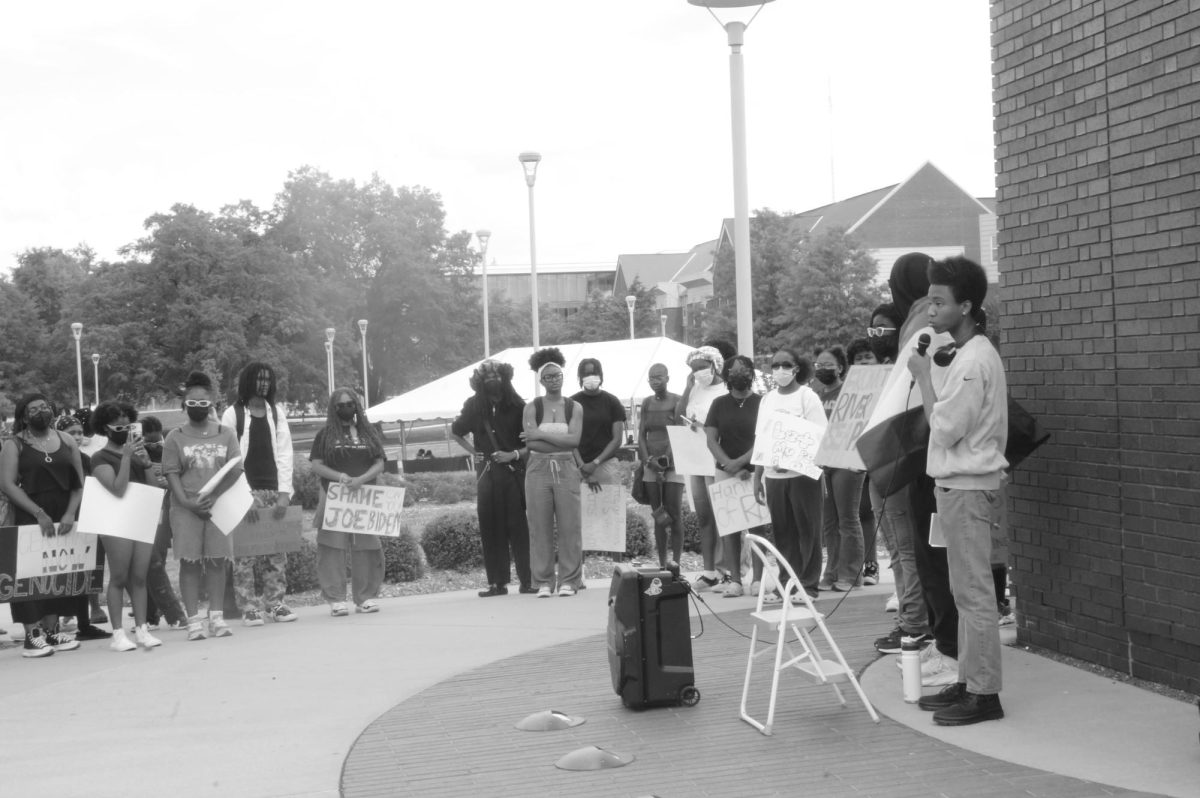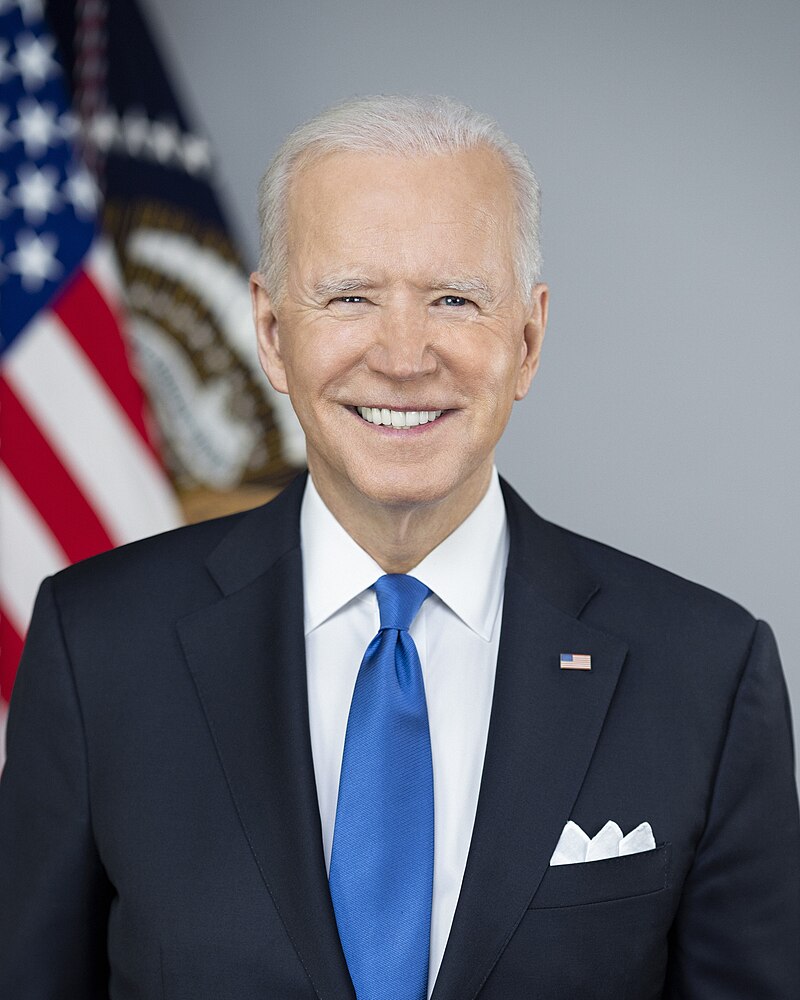Women of Guilford, would you like to have to work for free from the start of the year until April 16? No?
Perhaps we should rectify that.
Today in America, we like to look at our level of equal opportunity as constantly improving. While this is mostly true, we still have a long way to go, especially when it comes to women — in this case, their salaries.
Judy Isaksen, associate professor of communication at High Point University, used a hypothetical example in one of her classes to better illustrate the wage gap.
“If you start from the beginning of the year, men have been getting paid since January 1st, and will get paid the entire rest of the year,” said Isaksen in an email interview. “Women will work for free until April 16 and will only then get paid. For women, it is like working the entire year but only getting paid for 77 percent of it.”
Such imbalance isn’t something a country of freedom and equality should support. But, given that Senate Republicans voted against women getting wages equal to men’s, we aren’t as clear of discrimination as we should be.
“It’s a matter of justice,” said Maria Rosales, associate professor of political science. “There’s no reason that something like gender should be so predictive of something like poverty, and right now, single moms are particularly likely to be in poverty.”
It’s a fact that single mothers are more likely to fall into financial difficulty. Why is it so often disputed, knowing how unequal pay could affect them? Are there any valid excuses?
“I’ve heard everything from ‘women like to spend more time with their kids,’ and ‘women like flexible jobs, so they make a trade-off of flexibility for salary,’ to ‘women just don’t care about money as much as men,’” said Rosales.
So not valid excuses. Terrible ones.
“If you pay women less because the man is the main breadwinner in the house, that’s not always the case,” said Early College senior Christianna Van Dalsen. “Sometimes women are the only breadwinners.”
Not only does unequal pay pose financial problems, but it paints a prejudiced picture of American society as a whole, which is definitely something we don’t want.
“By accepting the wage between men and women, we are, in a sense, making the statement that we live in a society that values men more than women, and that we are okay with letting these inequalities persist,” said Jenn Brandt, director of women’s and gender studies at High Point University, in an email interview.
These inadvertent statements have been around for years.
“It shouldn’t be an issue,” said first-year Allyson Quigley. “This should have been resolved 20 years ago.
“We’re making baby steps toward resolving the issue, but it’s going to be resolved through generations.”
Others, however, are sadly unsurprised this inequality remains a prevalent problem today.
“I wish I could say I am surprised, but I’m not,” said bartender and server Sarah Welch in an email interview with The Guilfordian. “Gender norms and stereotypes are rampant in American society, and this includes the workplace.”
Welch also included that she has worked for far fewer female than male bosses.
“The female business owner often has to prove that she is strong and tough enough for the job — qualities that males in this position often do not have to prove,” said Welch. “While these examples might not translate directly to equal pay, I think they show that the American workplace on the whole is not fluid or an ‘equal opportunity employer.’”
Ironically, inequalities such as those in management could help rectify the wage problem if balanced out.
“Nothing will change until the people that are in charge of dealing out salaries are willing to look at women on the same level of professional value in the workplace that they do men,” said Van Dalsen.
This is a call to us, the generation headed for seats of power in businesses and government. If current wage-givers aren’t changing anything, perhaps it’s up to us to re-invigorate the push for equality.
The wage gap has already closed about $0.24 since 1963. Let’s see if we can get it to close entirely.













Chris • Apr 27, 2014 at 1:14 pm
The 23 cent wage gap cited by the President of the United States of which the writer of the above article has so uncritically adopted is nothing other than the difference between the average earnings of all men and women. It ignores the fact that women are more likely to work part time jobs than men, it ignores the job preferences of women as compared to men, it ignores chosen college majors of women as compared to men, it ignores the fact that women who choose to have children often take a considerable time away from their job so as to raise them, and it assumes that when you find a disparity it is automatically attributed to hateful discrimination. I would urge the author of the above article to look up the Georgetown University Study whereas they found the following majors.
1. Petroleum Engineering: 87% male
2. Pharmacy Pharmaceutical Sciences and Administration: 48% male
3. Mathematics and Computer Science: 67% male
4. Aerospace Engineering: 88% male
5. Chemical Engineering: 72% male
6. Electrical Engineering: 89% male
7. Naval Architecture and Marine Engineering: 97% male
8. Mechanical Engineering: 90% male
9. Metallurgical Engineering: 83% male
10. Mining and Mineral Engineering: 90% male
What is the significance of the above? They are the most financially rewarding college majors available. Now let’s have a look at the least financially rewarding college majors.
1. Counseling Psychology: 74% female
2. Early Childhood Education: 97% female
3. Theology and Religious Vocations: 34% female
4. Human Services and Community Organization: 81% female
5. Social Work: 88% female
6. Drama and Theater Arts: 60% female
7. Studio Arts: 66% female
8. Communication Disorders Sciences and Services: 94% female
9. Visual and Performing Arts: 77% female
10. Health and Medical Preparatory Programs: 55% female
But what about jobs that don’t require a college degree? When you pass by a construction site how many women do you see? When is the last time you saw an HVAC repair women make a house call? What of welders, plumbers, dry wall tapers, brick/block masons, electricians, heavy equipment operators, truck drivers, and so on?
How about we compare apples to apples and not assume where there is a disparity it is automatically due to hateful discrimination? Indeed there is a debate to be had in that department, but, nowhere in it is there a 77% statistic. Furthermore, when they do these studies on gender pay inequality, where they at least pretend to be comparing apples to apples, how about they stop lumping surgeons and primary care practitioners in the same category? How about they stop asking women if they are married with children and start asking whether they ever been married or ever had children. And despite what the above article claims, there are a great many objective reasons why women make less in those categories, and for those who are confused as to why simply talk to anyone in the economics/business department at Guilford, male or female, and I am sure you will get filled in on the scourges of resume gaps, time not working, the advantages of part vs. full time, the limitations of single parenting, and so on.
Recently, the Daily Beast, The Atlantic, Huffington Post, Slate, and slew of other liberal publications have discredited the 77% myth. Studies by Georgetown University and the American Enterprise Institute have likewise disproved the 77% myth. Even the Washington Post fact checker gave the Presidents 77% claim two Pinocchios and they say they would have given him three if he wasn’t “relying on an official government statistic,” as if that makes him any more honest. In any case, even the President has stopped using the 77% stat because every media outlet, right and left, was calling him out on it. Indeed, the 77% number is only used by those who wish to distort reality and portray a larger problem than actually exists. The only question left for debate is how much of the 23% wage gap is due to personal choice and how much of it is due to gender discrimination. Anyone with an ounce of objectivity will notice that an overwhelming chunk of that is due to personal choices.